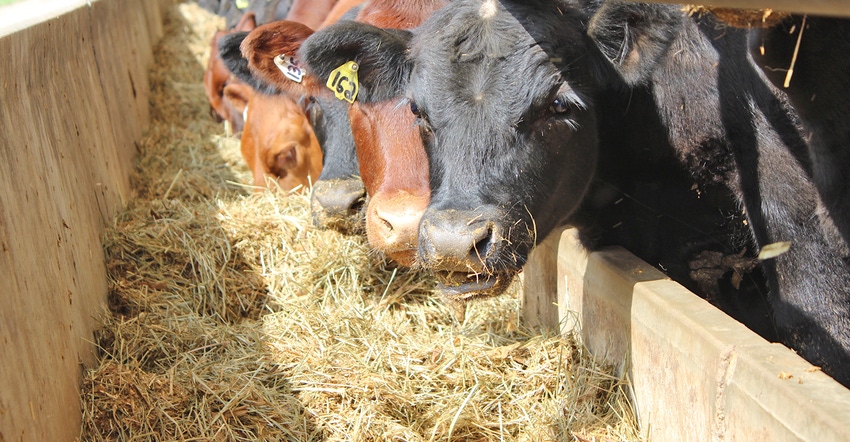
Can the state of Missouri gain more value for farmers and ranchers through food processing and value-added biomass manufacturing?
The University of Missouri and agriculture industry partners recently completed feasibility study to identify opportunities to achieve greater economic impact for the state’s agriculture industry, according to Chris Daubert, MU College of Agriculture, Food and Natural Resources dean. The result was the Show-Me State Food, Beverage and Forest Products Manufacturing Initiative.
Teconomy Partners LLC completed the study and presented its preliminary results during the Missouri Governor’s Conference on Agriculture in January. Simon Tripp, principal and senior director with Teconomy Partners, shared three areas where the state could see value-added agriculture and food manufacturing economic increase, as much as $25 billion by 2027.
• Regional Food Systems Initiative. Tripp says this offers help for budding entrepreneurs. The focus will be on developing food product development centers that will serve as industry accelerators to advance new products from concepts through market testing and into pilot scale production.
“Not just building it all at one place,” Tripp says, “but rather develop a system across the state of Missouri that involves other regional universities working with the University of Missouri and the department of agriculture providing the support (food entrepreneurs) need throughout the state.”
He says Missouri will need to ramp up its food research and support, noting the state’s largest land grant university — MU — has one of the smaller food science programs among all U.S. land grant institutions. And, according to Tripp, “there is not an Extension specialist for food science.”
• Foods for Health Initiative. This focus calls for developing a new industry in the state for precision nutrition. “Despite the importance of food and nutrition to our health,” Tripp says, “not that many places around the world or around the United States have really built an economy around health-related products from food and ingredients.”
Tripp noted MU could take a lead in this arena by developing a transdisciplinary team where professors in traditional science, medicine, agriculture and food science work alongside one another to make a hub for advancing food, functional food and advanced nutritional products. These products would not only be designed for human consumption but also for the livestock and pet food industries.
Tripp says the state should look at the development of processing and packaging technology for the preservation of functional health-promoting elements and chemicals as another way to capture value.
• Enhanced Commodity Utilization Initiative. This portion of the study concentrates on retaining value of commodities within the state, something Tripp says is gaining momentum in Missouri. Think beef finishing and hog processing facilities. The study in the near-term calls for developing substantial livestock slaughtering and processing operations. However, Tripp notes laws regarding location need to be addressed.
The study finds consumers and companies are looking at agriculture industries such as soybean, dairy and egg producers based on their individual components and benefits to the Foods for Health Initiative. Tripp recommends further research into this area to add greater value for producers.
If these three initiatives are successfully implemented, Tripp says there would be significant economic benefits for the state and its agriculture industry. It would expand the total value-added agriculture and food manufacturing economic activity to $71 billion, up $25 billion from 2017. “It would create and support nearly 70,000 new jobs and generate nearly $4.4 billion in new personal income,” he adds.
By adding new value uses to the state’s ag commodities, these initiatives could ultimately increase agricultural commodity production sales by $1 billion annually.
The final report, all 140 pages, will be available at the end of January on the Missouri Agriculture Foundation’s website.
“We are excited to be a part of this initiative,” Daubert says. “It is a great opportunity, we believe, for Missouri agriculture. The intent and focus of that initiative is to help all of Missouri farmers and ranchers become even more profitable.”
About the Author(s)
You May Also Like






